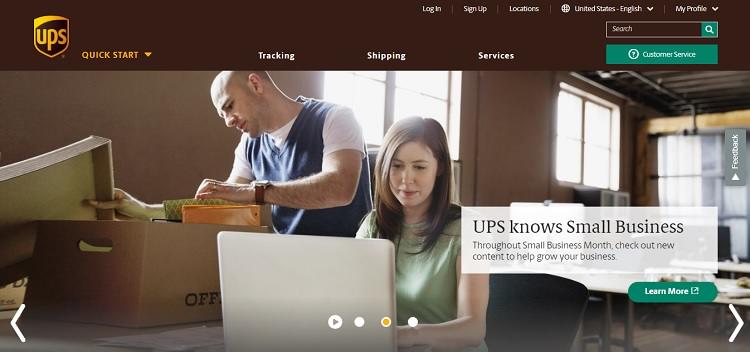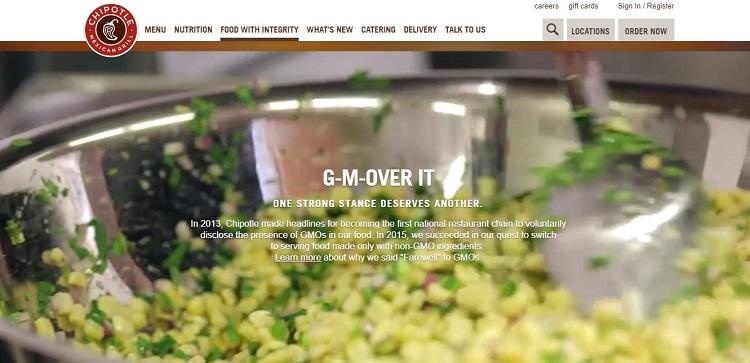When consumers know you’re trustworthy, they show a preference for your business. When employees know you mean what you say and stand for something good, you’ll earn their respect and loyalty.
Transparency isn’t always easy, but it does lead to an openness that shows you care about your customers, employees and the world at large.
One study showed that 94 percent of people are loyal to brands that are transparent than ones that aren't. Many will pay more for a product if the company offers a full look at business practices. There are a number of ways transparency leads to profit — some obvious and some not so obvious.
1. Retain Employees
About 25 percent of employees outright state they do not trust their employers. Since the cost to locate and train a new employee far outweighs keeping one you've already trained, being open with employees can lead to higher employee satisfaction. This weighs into whether employees choose to stay with a company or seek employment elsewhere.
Hold daily stand-up meetings to inform employees of big and little changes. Evaluate employees regularly and offer feedback on their performance. Allow employees to ask questions about their concerns without fear of negative feedback.
Take the time to explain why you’re doing the things you do. When employees understand the bigger picture, they are more likely to work as a team toward company goals.
2. Build Trust With Customers
When you’re upfront with customers, they feel they can trust you to do the right thing. One of the best ways to build trust is to consistently deliver on your promises. If you claim the best customer service of all your competitors, then your customer service had better be amazing — and then some.
Customers have to know they can trust you not only for their first transaction—but for the next one too. When they trust you to deliver consistently, they’ll feel more comfortable referring their friends to your brand.

UPS is a good example of a company that offers a consistent experience to the consumer. Even though there are occasional issues, as with any business, they send a message that the customer is first.
Some of their taglines have included “What can Brown do for you?” and one that plays on their acronym of UPS — “United Problem Solvers” instead of “United Parcel Service.”
3. Entertain and Inform Employees
Part of your goal toward more transparency likely involves educating employees, but you don’t want to bore them. Long training sessions or reports make anyone’s eyes glaze over.
Take the time to really plan out any training sessions or informational meetings. Have a mix of media types. If the meeting lasts all day, bring in onsite catering to keep everyone nourished and energized.
4. Prove the Promise
If you’re making a big promise, such as organic fast food or fresh supplies, then you’d better be willing to prove you’re fulfilling that promise. Unfortunately, unscrupulous companies have pulled a bait-and-switch, which has made consumers wary of mere words.
Anyone can promise anything, but that doesn’t mean it’s true. Make sure you back up any claims you make with cold, hard facts.

Chipotle makes several commitments to customers, and then they take it a step further by explaining what exactly that commitment entails — such as not using any GMO ingredients in their foods. They also provide a graphic and details about additional steps the brand takes to keep the soil from being depleted of nutrients and creating more sustainable crops.
5. Attract Millennials
Millennials indicate that a brand being trustworthy is one of the most important things they look for before deciding who to do business with. The only thing more important to this age group than authenticity is loyalty discounts.
To really show that you are authentic, consider showing your flaws before presenting the positives of your company. That way, the consumer is already prepared for the negatives, and you can address why the benefits outweigh those.
6. Use Social Media
More and more companies use social media for some form of marketing — nearly 90 percent to be exact. This means people expect your brand to have some sort of presence on at least the top three social media sites — Facebook, Instagram and Twitter.
However, social media can be a catch-22. One small issue and a brand's reputation suffers. Be ready to jump in with transparency whenever needed.

One example of a brand suddenly finding itself in an unexpected firestorm was the reaction to Crock-Pot after the episode of “This Is Us” where a faulty slow cooker is blamed for the death of Jack.
The Internet went crazy, with people claiming to throw out their perfectly working slow cookers. The brand rapidly responded about the safety of their slow cookers, and then pulled in the actor who plays Jack, Milo Ventimiglia, to speak up on behalf of Crock-Pot.
7. Fix Issues
What about when a customer has an issue with one of your products? Or, perhaps there is a flaw, and many customers report the same problem. The best thing to do is be honest about what caused the problem and offer to fix it immediately. You may just gain a lifelong customer who appreciates how you went above and beyond to fix the problem they had.
If you aren’t yet sure where the breakdown occurred, at least tell the consumer you are researching the issue. Give them an estimate of when you’ll have an answer, and take the initiative to get back in touch with them so they know what is going on.
Transparency and Profit
Being transparent and authentic with your customers leads to more profit because customers know they can count on you to deliver. They’ll be more likely to do business with you in the future. Although being transparent pays off financially for your business, there are also unseen payoffs, such as knowing you’ve done the best you can for your customers and employees and being honest throughout the process.


Lexie Lu
Lexie Lu is a freelance graphic designer and blogger. She keeps up with the latest design news and always has some coffee in close proximity. She writes on Design Roast and can be followed on Twitter @lexieludesigner.